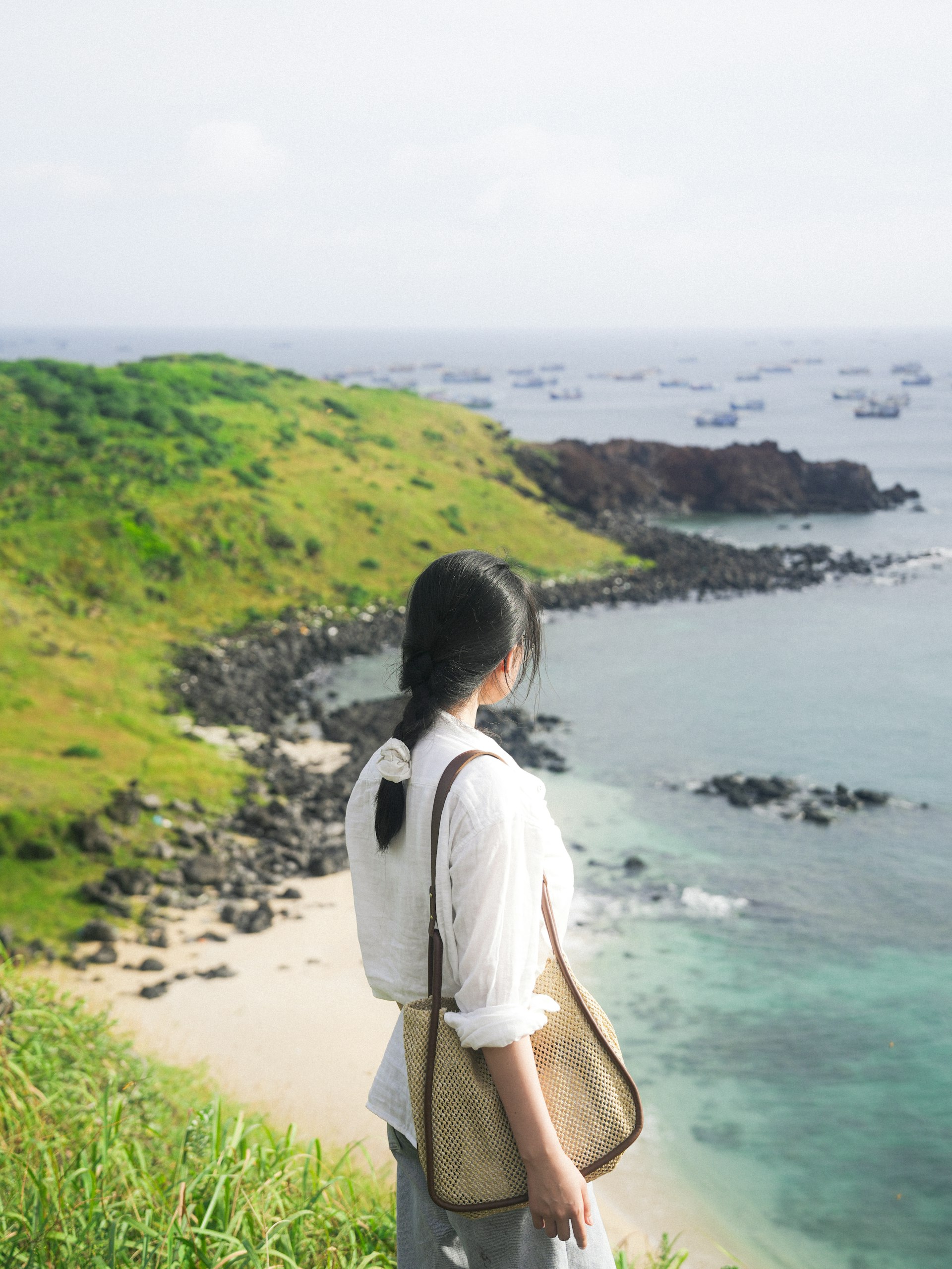Asia's Next Adventure Hotspots: Emerging Destinations for Explorers


Photo by Hưng Phạm on Unsplash
Introduction: The Rise of New Adventure Destinations in Asia
Asia’s travel landscape is evolving. While classic destinations like Thailand and Japan remain popular, a new wave of emerging adventure hotspots is captivating travelers seeking authentic experiences away from the crowds. From the wild forests of Kalimantan to the mystical highlands of Mongolia, these destinations promise unique adventures, cultural immersion, and raw natural beauty. This guide explores the top emerging adventure travel destinations in Asia for 2025 and beyond, providing actionable steps for planning your journey and ensuring a responsible, enriching experience.
1. Kalimantan (Borneo), Indonesia: Jungle Treks & Wildlife Encounters
Kalimantan, the Indonesian part of Borneo, is a vast, untamed region covered with dense rainforest, winding rivers, and rich biodiversity. Adventurers here can trek through rainforests, spot orangutans in their natural habitat, and visit remote Dayak tribal villages. The region is also home to stunning national parks like Tanjung Puting and Kutai, where eco-tourism initiatives support both wildlife conservation and local communities. Riverboat safaris, jungle hikes, and snorkeling off Derawan Island offer endless adventure opportunities. How to Access: Flights to Balikpapan or Palangkaraya are available from major Indonesian cities. From there, guided tours and local operators can arrange multi-day river cruises and trekking expeditions. It is advisable to book with reputable eco-tourism providers to ensure sustainable practices. Alternative Approaches: For those interested in cultural immersion, consider homestays in Dayak villages or join community-run conservation projects. Potential Challenges: Infrastructure can be basic in remote areas, and responsible travel is essential to minimize environmental impact. Example: Observing wild orangutans in Tanjung Puting National Park and learning about Dayak traditions through a community-led village tour. [1] , [2]
2. Mongolia: Nomadic Culture & Epic Wilderness
Mongolia’s sweeping steppe, dramatic mountains, and ancient traditions make it an adventure travel gem. Here, you can stay with reindeer herders in the northern taiga, ride horses across the grasslands, and experience the hospitality of nomadic families in traditional gers (yurts). The Altai Mountains and Gobi Desert offer challenging treks, wildlife spotting, and unique photo opportunities. New locally-led tours provide immersive experiences while supporting remote communities. How to Access: Fly into Ulaanbaatar, Mongolia’s capital, where numerous tour operators offer small group and private expeditions. Booking through reputable agencies is recommended for safety and cultural access. Alternative Approaches: For a deeper cultural dive, participate in Naadam Festival or arrange a stay with a nomadic family. Potential Challenges: Mongolia’s remote locations require careful planning, especially for overland travel. Weather conditions can be extreme. Example: Trekking in the Altai Mountains and living among the Tsaatan reindeer herders in the far north. [1]
3. Laos: Limestone Mountains & River Adventures
Laos is gaining recognition for its serene landscapes and authentic adventure experiences. The UNESCO town of Luang Prabang blends French colonial heritage with spiritual tranquility, while Vang Vieng’s limestone karsts offer thrilling activities such as rock climbing, caving, and river tubing. The Bolaven Plateau in the south is famous for its waterfalls and coffee plantations, perfect for trekking and cycling. The mysterious Plain of Jars provides archaeological intrigue for history-minded explorers. How to Access: International flights arrive in Vientiane and Luang Prabang. Local travel agencies can arrange adventure tours and equipment rental. Alternative Approaches: Consider slow-boat journeys along the Mekong for a unique perspective. Potential Challenges: Some adventure activities may have limited safety regulations, so always check provider credentials. Example: Multi-day kayak trip on the Nam Ou River followed by a trek to remote hill tribe villages. [4]

Photo by Lucas Hemingway on Unsplash
4. Phong Nha-Ke Bang National Park, Vietnam: Caving Capital of Asia
Phong Nha-Ke Bang National Park is a UNESCO World Heritage Site that has become a world leader in underground adventure. Home to Son Doong, the world’s largest cave, the park also features dozens of other remarkable caves, jungle treks, and river adventures. Expeditions range from beginner-friendly cave walks to multi-day treks with camping underground. How to Access: The nearest city, Dong Hoi, is accessible by train or plane from Hanoi or Ho Chi Minh City. Guided tours are required for major caves, especially Son Doong. Alternative Approaches: For a less physically demanding experience, explore the park’s smaller caves and villages by bicycle. Potential Challenges: Permits for flagship caves like Son Doong are limited and expensive, so early booking is essential. Example: A guided, multi-day Son Doong expedition featuring jungle treks, subterranean rivers, and camping inside the cave. [2]
5. Kyrgyzstan: Trekking the Tien Shan Mountains
Kyrgyzstan is quickly establishing itself as Central Asia’s trekking paradise, with breathtaking mountain ranges, alpine lakes, and yurt stays. The Tien Shan Mountains offer diverse hiking routes suitable for all abilities. Staying in traditional yurt camps introduces travelers to Kyrgyz hospitality and nomad culture. How to Access: Fly to Bishkek, the capital, then arrange treks through local operators or international adventure companies. Organized tours can provide logistics, guides, and permits. Alternative Approaches: Independent travelers can use online forums and local trekking clubs to join group treks. Potential Challenges: Kyrgyzstan’s infrastructure is improving, but language barriers and remote locations may require extra preparation. Example: Trekking the Ala-Kul Lake circuit, camping in the mountains, and staying in a yurt camp. [1]
6. Planning Your Adventure: Step-by-Step Guidance
Step 1: Research and Choose Your Destination Use reliable travel guides, reviews, and official tourism board resources to select the destination that aligns with your adventure goals. Look for recent traveler feedback and changes in entry requirements. Step 2: Secure Permits and Book Early For popular or regulated areas (like Son Doong Cave or Mongolia’s reindeer camps), permits are often limited. Begin the application and booking process several months in advance. Step 3: Arrange Local Guides and Tours Choose certified, reputable providers-preferably those supporting local communities and sustainable tourism. When unsure, seek recommendations through recognized travel companies or online forums. Step 4: Prepare for Logistics and Safety Arrange necessary transportation, accommodation, and insurance. Research health and safety requirements for your specific activities and region. Step 5: Respect Local Cultures Learn basic phrases, local customs, and responsible travel practices. Choose activities that benefit host communities and minimize your ecological impact. Alternative Pathways: If joining packaged tours is not your preference, consider independent travel using regional transportation, but always verify the latest safety and entry information. Practical Example: To trek in Kyrgyzstan’s Tien Shan, research trekking routes, arrange yurt stays through local clubs, and pack suitable gear for mountain weather.
7. Additional Tips and Responsible Adventure Travel
Emerging adventure destinations often have fragile environments and unique social dynamics. Travelers can make a positive impact by: – Supporting locally-run businesses and guides. – Minimizing plastic use and respecting wildlife. – Following Leave No Trace principles. – Engaging in cultural exchanges with sensitivity. Many tour operators now highlight their sustainability initiatives and community projects. When booking, inquire about these efforts and prioritize providers with transparent, ethical policies.
Conclusion: Chart Your Path to Asia’s New Frontiers
Asia’s emerging adventure travel destinations offer a rare blend of natural wonders, cultural discovery, and authentic experiences. Whether you’re drawn to the rainforests of Borneo, the highlands of Mongolia, or the mountains of Kyrgyzstan, you’ll find opportunities for both personal challenge and meaningful connection. Plan thoughtfully, travel responsibly, and embrace the spirit of exploration as you discover the continent’s next great frontiers.






